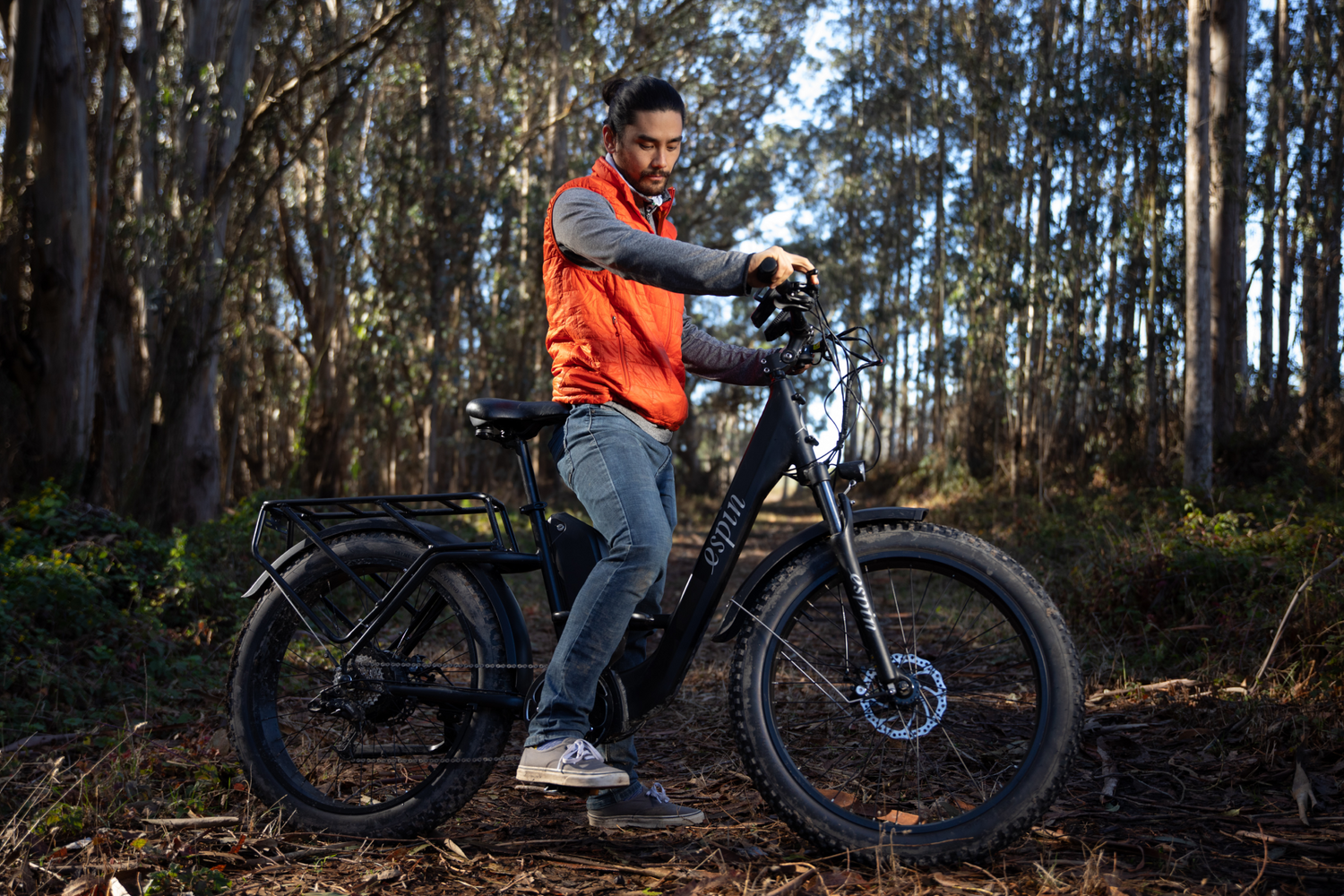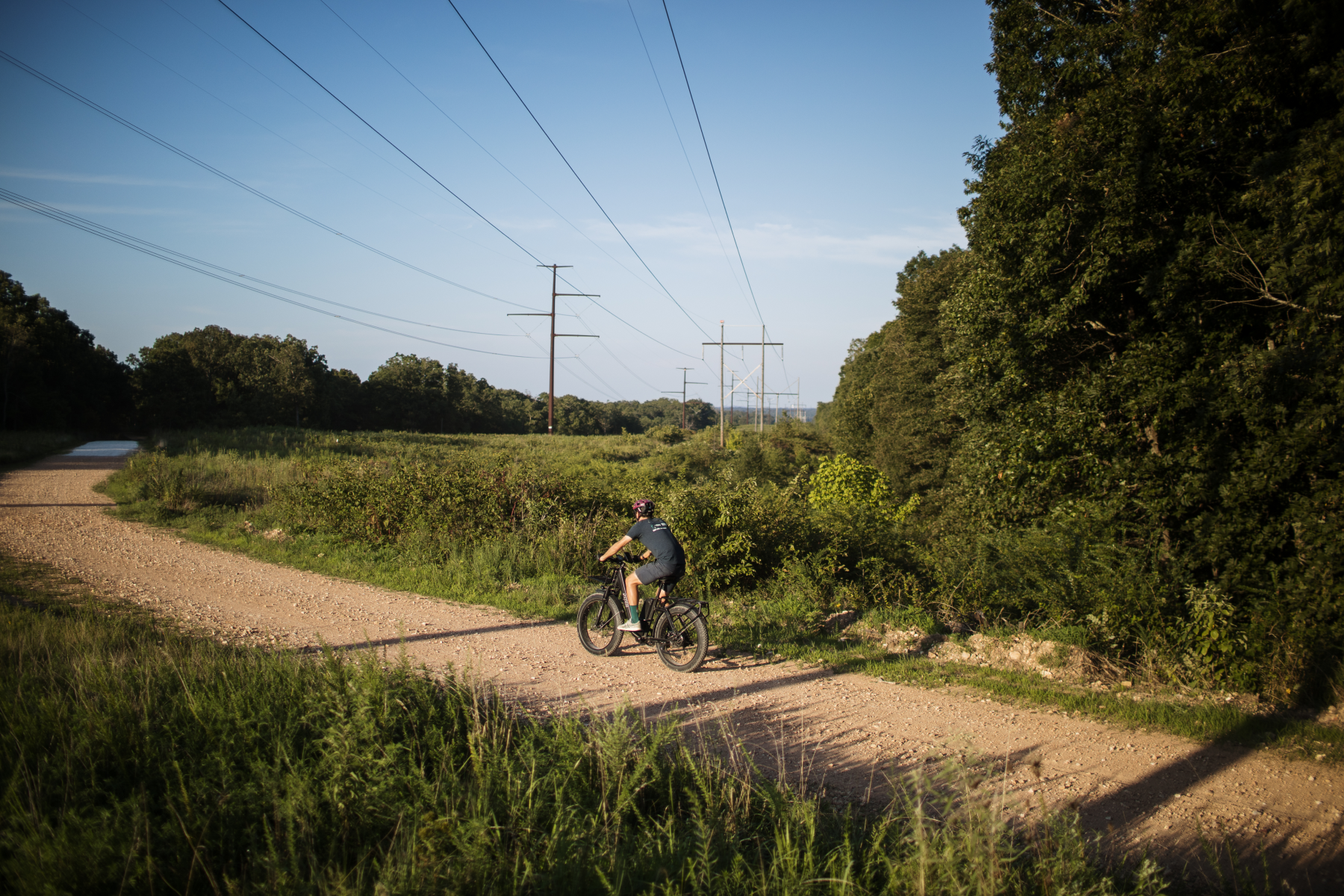You’re excited about getting more exercise in the New Year or have finally found that perfect way to commute to work, an eBike of course. Now, how do you know which eBike is best for you? Choosing the right electric bike is very important. You want an eBike that will fit your personality, your style, and last but not least, your budget.
Traditionally, more expensive bikes have been associated with better quality. While eBikes in general can range from $600 to $10,000, the advancement of quality, accessibility and new technology is making high quality ebikes more accessible, with an average quality bike being available between $1500 – $3000.
Pricing will generally relate directly to design, power and battery life. For every rider that formula is different, so we’ve arranged this quick guide to help you choose the perfect eBike.
Pedal Assist Vs. Throttle
Pedal-Assist bikes provide power to the rider while he or she is pedaling. Riding an electric bike equipped with a pedal-assist motor is often said to feel like a regular bike ride, helping you get further quickly and requiring less energy on longer rides. You can only gain extra power when you are pedaling, and the bike has no on-demand power, like that of throttle control bikes. This may also play a big factor in the conservation of your battery life. The more you pedal the further you can go
Pedal-Assist bikes provide power to the rider while he or she is pedaling. Riding an electric bike equipped with a pedal-assist motor is often said to feel like a regular bike ride, helping you get further quickly and requiring less energy on longer rides. You can only gain extra power when you are pedaling, and the bike has no on-demand power, like that of throttle control bikes. This may also play a big factor in the conservation of your battery life. The more you pedal the further you can go in a single charge. Throttle control is most similar to a motorcycle. When you engage the throttle, power is sent to the wheels to propel you forward. If you’re using Throttle only, your battery is more likely to wear out faster on a single charge.
Type of Motor
(Mid Drive vs. Hub Motors) – There are pros and cons to all types of motors but this guide will hopefully give you an overview of the different types available.
Mid-Drive: Mid Drive motors are located on the cranks of the bike. They are known for high performance and torque because they drive the crank instead of the wheel itself. Because the motor is at the cranks of the bike, it provides centered weight distribution while making it easy to remove the front and rear wheels for maintenance. They are great for off-road eBikes because the motor will not be impacted by the vibrations of rocky roads.
Mid drive motors tend to be on the louder side, especially when you get to the higher gear levels. They can be efficient, but you have to make sure you are in the correct gear at all times in order to get the most out of the motor, whereas hub motors can be more forgiving. Prices of mid drive motors also tend to run higher than prices of hub motors.
Front Hub: Front hub motors are placed in the middle of the front wheel and give you the sensation of being pulled, similar to a front wheel drive car. They are typically low cost and are easy to install and remove because there are no gear systems to deal with. They are better for riding on flat land. However because the weight is in front, there is a tendency for the wheel to spin when accelerating on loose roads or steep hills.
Rear Hub: Rear hub motors are ideal for commuter eBikes for its light weight and simplicity. They are easier on the drive train (chain, cassette, derailleur, cranks) because they turn the wheel to propel the rider forward instead of putting additional pressure on the cranks. Because the weight is in the rear, there is significantly less opportunity for the wheel to spin out on loose road conditions, making it great for hill climbing and those rainy days in the city! With the rear hub motor being smaller it often times go unnoticed while being almost silent when operating, making it perfect for commuter eBikes while also being the most economical choice.
Style and Sitting position
(cruiser vs. sport) – The style of your eBike is crucial for comfort. Ask yourself, do you want to ride sitting up? Or leaning forward? Relaxed? Do you need a place to carry your things? How wide do you want your seat to be? This process is very similar to choosing a cycle or motorcycle, it’s all about the experience you’re looking to have with your eBike.
For example, our ESPIN eBikes come in two very different styles: the flow and the sport. The Flow was built for the urban commuter who wants to get around easily and efficiently. There is a rack in the back to hold your carry-ons, and it is designed to look like a leisure bike that you would ride sitting up.
 The Sport, on the other hand, comes in a 20-inch frame and is for riders that like to ride leaning forward, in a sportier, more aggressive style. It also comes with a rear rack, making it a great urban commuter bike. Choosing your favorite riding style can really make a difference depending on if you’re using your eBike for recreation or if you’re going to be using it on your daily commute.
The Sport, on the other hand, comes in a 20-inch frame and is for riders that like to ride leaning forward, in a sportier, more aggressive style. It also comes with a rear rack, making it a great urban commuter bike. Choosing your favorite riding style can really make a difference depending on if you’re using your eBike for recreation or if you’re going to be using it on your daily commute.
 Range/Battery Life
Range/Battery Life
Most standard eBikes will provide 20-35 mi range (distance you can travel on a single charge), depending on the conditions and how much pedal power you are providing. Our ESPIN eBikes have a range of 25-50 miles. Check the range and battery life based on how and why you are using an eBike. This particular factor may also add to the weight of the eBike overall. Remember, you probably don’t want to have to haul a 100 lb eBike around. Lighter bikes have smaller batteries, but there are plenty of options that can give you a good middle of the road choice. We’ve designed our Espin bikes with a centrally balanced battery in the frame of the eBike, which keeps the eBike looking like a regular bike and doesn’t make it as heavy.

Power/Max Speed
If you’re like us and you use your eBike to commute to work, you’re going to want one that has decent speed. Check out the maximum speed of your eBike before making your decision. Max speeds typically range 20 to 50 mph. But remember, the legal speed you can go on an eBike in the US is 20 mph. Power is another key factor and different eBikes have different abilities to climb up hills. Based in SF, we know we need that extra power to get up those steep hills.
Paying for an eBike is definitely an investment. Check to see what additional features your eBike in question has. We love bells and whistles that make your ride safer and more efficient. Keep your eyes open for things like the Espin eBike’s control hub, an LCD display that displays speed, battery life, pedal assist level and miles traveled.
 Our final piece of advice, test drive your eBike. Consider the research, yes. But be able to answer the most basic question “Do you love this bike?”
Our final piece of advice, test drive your eBike. Consider the research, yes. But be able to answer the most basic question “Do you love this bike?”
We are happy to answer any other questions that you have about choosing your perfect eBike and we offer test drives of our ESPIN eBikes to San Francisco residents. Click here to schedule a ride and we’ll bring one of our eBikes to you!
Watch out, we hear they can be addictive!








Leave a comment
This site is protected by hCaptcha and the hCaptcha Privacy Policy and Terms of Service apply.